Taste test: a guide to native Australian honey varieties
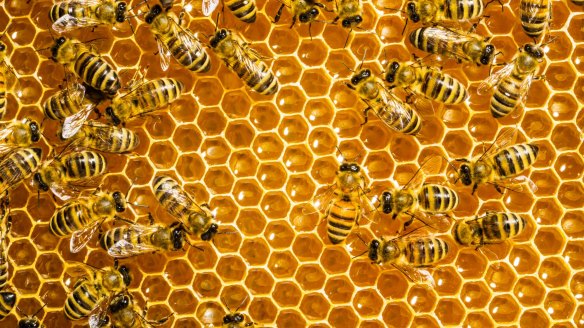
Beekeeper Rod Whitehead looks to the sky. He wants it to rain. The quietly spoken 68-year-old honey man appears worn by a life of hard labour working outdoors for long hours. The recent fake honey crisis is nothing new.
"We suspect it started when I did over 40 years ago," he says. It has been a dirty little secret within the industry for years. Rod's son Greg Whitehead says, "We've never seen evidence of it until now. The assumption was made mostly on the quantity of imported honey compared to the originating country's reported production figures."
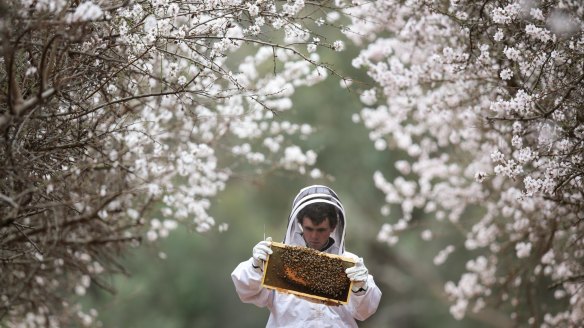
The Whiteheads, Rod and sons Greg and Don, see much bigger problems with Australia's honey business. They are relatively small producers with about 1200 hives based in Milawa in Victoria's north-east, selling their honey under the Walkabout Apiaries label.
Like other beekeepers they are devoted bushmen who lead an itinerant life. They travel more than 100,000 kilometres each year searching out the best native forest for their bees. Inside their heads is immense knowledge of the forests, the climate, the rainfall, the seasons and the lie of the land. They are truly national treasures and the honeys they produce are jewels – jewels that are massively undervalued by a complacent Australian public, who neither understand nor appreciate the unique honeys that are extracted from the Australian bush. And we are in danger of losing them before we know what we have.
Rod wants it to rain because even the hardy Australian bush closes down during a drought. He and beekeepers around the nation rely on access to native forests so their charges, European honey bees, can feast upon the nectar and make enough honey to be harvested. This is high-value honey that is incredibly fragrant, well-textured, a delight to eat and unique.
You have to love the bush to do this job.Don Whitehead
"This drought has meant that there are not enough flowering plants and there is not enough nutrition for them," Rod explains. His son Don adds: "That means the bees are getting weak and sick."
Australia does not yet have the devastating colony collapse disorder that has ravaged bee populations around the world. But bees are suffering malnutrition, making them susceptible to diseases and pests such as small hive beetle and American foulbrood. This is exacerbated by chemical farm sprays. In a recent report 50 per cent of beekeepers claimed agricultural chemicals had negatively affected the floral resources available.
Looking after bees is hard work. Beekeepers have to be on the lookout for farmers spraying insecticides. The hives must be maintained, the honey extracted, the hives driven on trucks from one stand of flowering plants to another. Yet the honey industry is not a lucrative one for beekeepers. The labour, fuel and equipment costs are huge – the Whiteheads' truck alone cost them almost a quarter of a million dollars – and the work can be back-breaking.
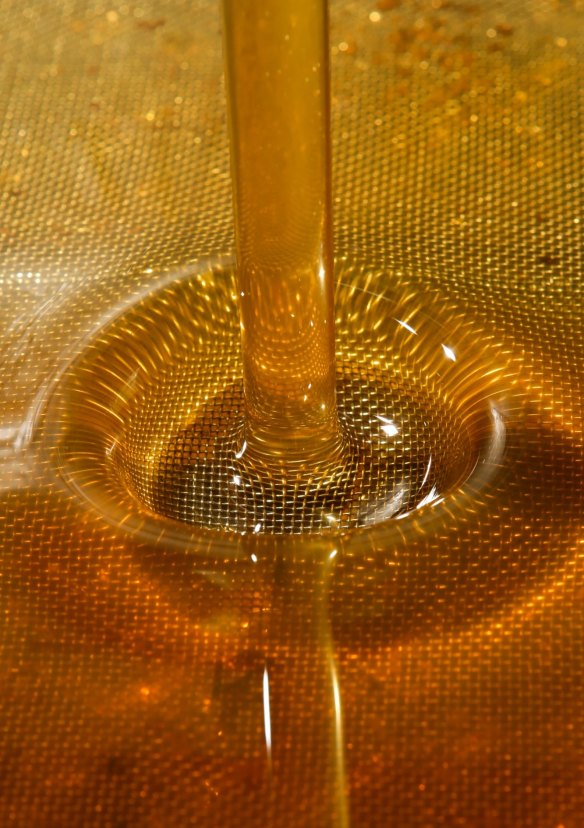
There has been a steady decline in the number of commercial beekeepers with more than 50 hives to just 1400, a drop of 25 per cent over the past 10 years. A recent report by the Australian Bureau of Agricultural and Resource Economics and Sciences stated that "average profits were negative for those with less than 200 hives".
The other main threat to the Australian bee industry is the real and present danger of the dreaded varroa mite entering Australia. It is a small mite that sucks the life out of honey bees and has decimated bee numbers across much of the globe. At present Australia remains varroa-free but this year we had a close escape. In June a bee colony infested with varroa mite was detected at the Port of Melbourne in a wooden crate on a ship from the United States. The colony was destroyed, and it appears the infestation was contained.
As a precaution, the Victorian agricultural authorities asked all beekeepers, especially backyard apiarists with unregistered hives, to report their whereabouts to track any potential spread.
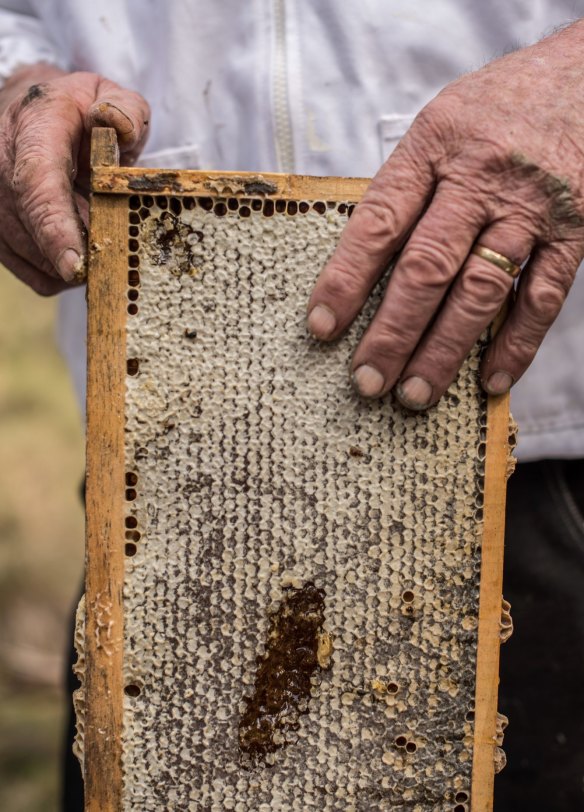
Victorian honey man John Cable, a beekeeper trained by local authorities to detect varroa, says: "The chemicals used to control varroa in the hive would spell an end to Australia's clean and green track record."
Jodie Goldsworthy, co-owner of Australia's second largest honey packer, Beechworth Honey, says: "If we get varroa mite, the existing bees in the wild will die off and you can say goodbye to incidental pollination."
Goldsworthy is referring to the essential role bees play in fertilising our food crops. Two-thirds of all the food on our tables involves fertilisation by European honey bees. Some of those bees are feral bees living in tree hollows. Without treatment, varroa mites would wipe out the feral population, leaving only bees managed by people such as the Whiteheads.
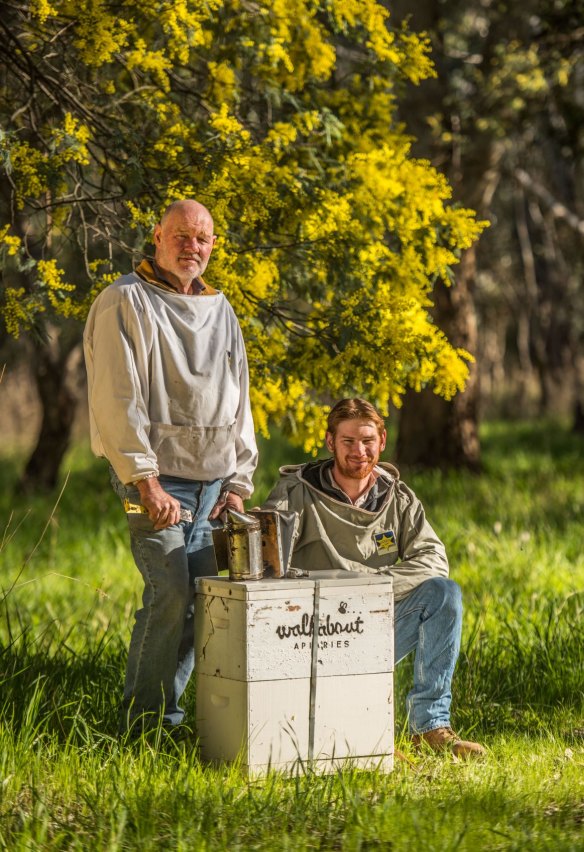
Last week Rod and his sons finished pollinating an almond plantation in the Murray Valley in the north of Victoria. While they are paid about $92 a hive for the four-week pollination period, it is barely financially worthwhile. "At the end of winter the almonds are the first plants to flower," says Rod. "It gets the bees through until spring. It helps them feed up and recover after winter."
Soon, Rod and his sons will take their hives to feed up on canola and clover – a nutritious grass sown to feed cattle and sheep. The honey from the pollination services is not highly valued. Last year the Whiteheads tried unsuccessfully to sell some of this honey to one of the big honey packers – the companies that process it and put it into jars. Normally they would get about $5 a kilogram for it. "[They] told us they were not even buying it," says Don. He blames the fake honey.
Australia produces about 30,000 tonnes of honey annually. In recent years we imported 8000 tonnes of cheaper honey, putting downward pressure on prices paid to beekeepers. It also keeps prices down when there is a seasonal shortfall. "It is another nail in the coffin," he says.
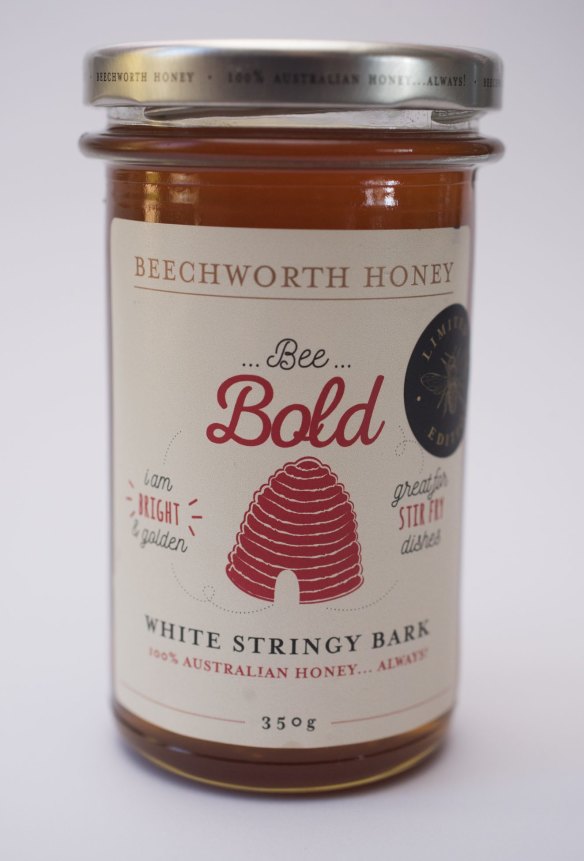
Now the Whiteheads look to the summer when the native bush is in full flower. It is the honey from Australian native flowers where they make their money. Some of the tree species they target only flower every other year. Some, every three years. One, ironbark, will only flower if there has been just the right amount of rain the previous November. They are hopeful the stringybark trees at Mudgegonga, a small settlement in the bush 40 kilometres south of Albury, will bloom. It was here that Rod was raised and where he decided to become a beekeeper 47 years ago. The towering stringybarks here produced perhaps the best honey in the nation. In 2009 fires swept through the forest and damaged the trees. "They reckon it takes a decade for the big eucalypts to recover," says Rod.
His son Don looks on as his father speaks. When these two talk about the Australian bush it is with reverence. Not only does it provide them with an income, they both understand the power and majesty of the Australian land. "We don't do it for the money," says Don. "You have to love the bush to do this job."
Our sweet bush heritage
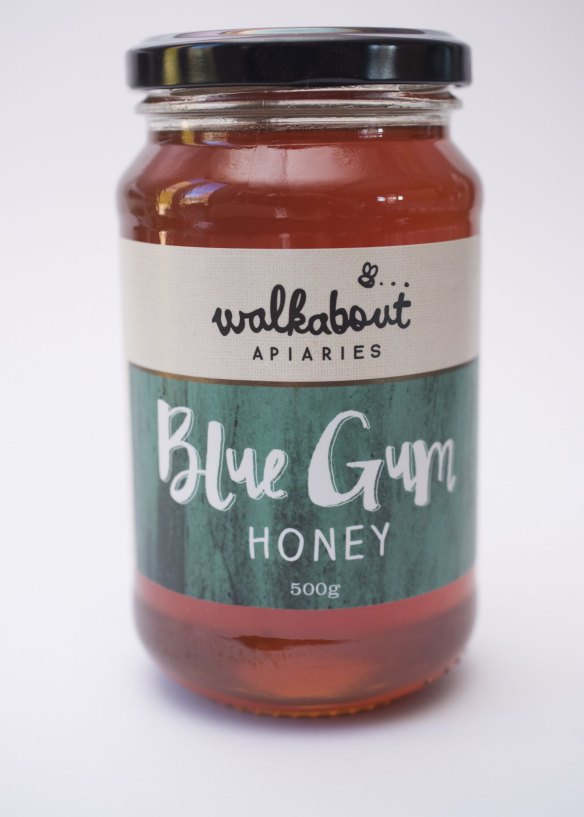
Australian beekeepers produce honeys that are unique in the world. We have more than 700 native flowering plants on which European honey bees can forage and produce honey. They range from eucalyptus to banksias and rainforest species. It is greatly undervalued here in Australia. Honey from our native forests is bold, robust and complex and makes most other honeys from around the world taste bland by comparison.
While some beekeepers struggle to earn $10 a kilogram for their native bush honey, it can sell for $30 to $40 in Europe, America and China. There, not only is the flavour of our honeys appreciated, but also the clean, green nature of how it is harvested and made.
Expect to pay about $15 or more per kilogram for Australian native honey. Look for "raw" honey that has not been heat-treated and always make sure the label states that the honey is a 100 per cent Australian product. Look for it online, at farmers' markets and local IGA supermarkets. Beechworth Honey is also sold though the big two supermarkets.
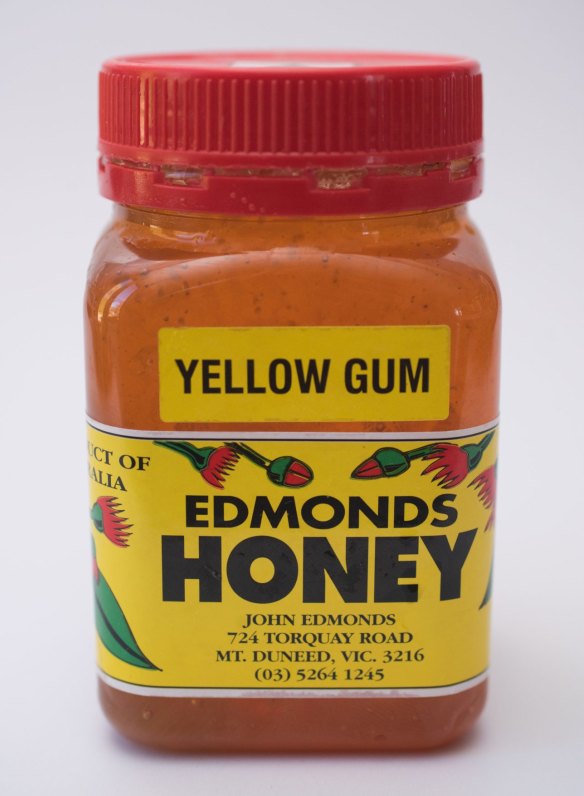
Stringybark
In deep soil these trees can tower to almost 100 metres tall but in poor country they hunch close to the ground. Stringybark honey is made from trees on Kangaroo Island in South Australia, around Tasmania and Victoria into the NSW Southern Tablelands. Depending on the part of the country, they are also called Tasmanian Oak and Messmate. We tried Stringy Bark Honey from Stanley's Honey from western Victoria that was a rich, malty and amber-coloured with caramel notes and a long finish.
Blue Gum
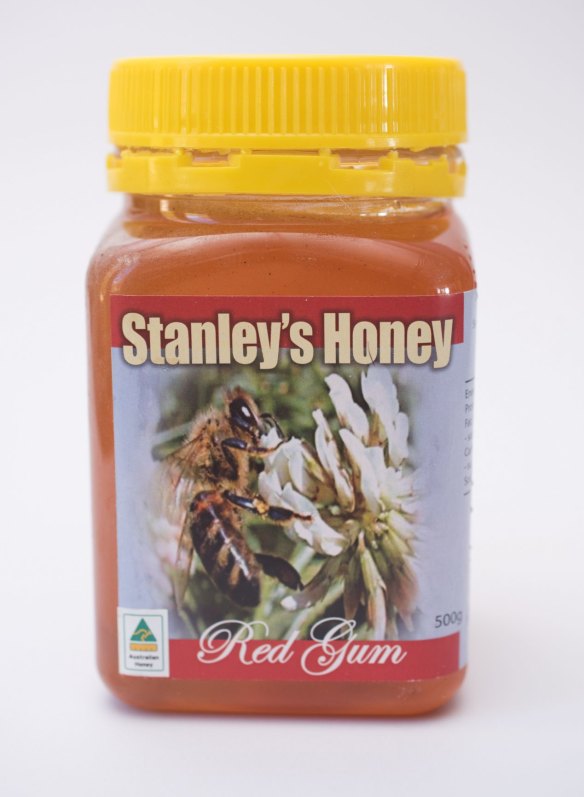
A native to Southern Tasmania, Bass Strait and Southern Victoria but it has also been planted across the globe from Israel to Portugal. Honey from the damp, cool forests in Southern Australia is wonderfully dense and viscous. Walkabout Apiaries produces this smooth and buttery honey with a lovely clean finish. A lighter-coloured honey and suitable for a broad range of dishes.
Yellow Gum
Known as blue gum in South Australia, where it produces a darker and denser honey, to the east of the border and where there is higher rainfall it produces a lighter more delicate honey. We tasted a sample from Edmonds Honey based near Geelong and it was light, floral with interesting confectionery notes.
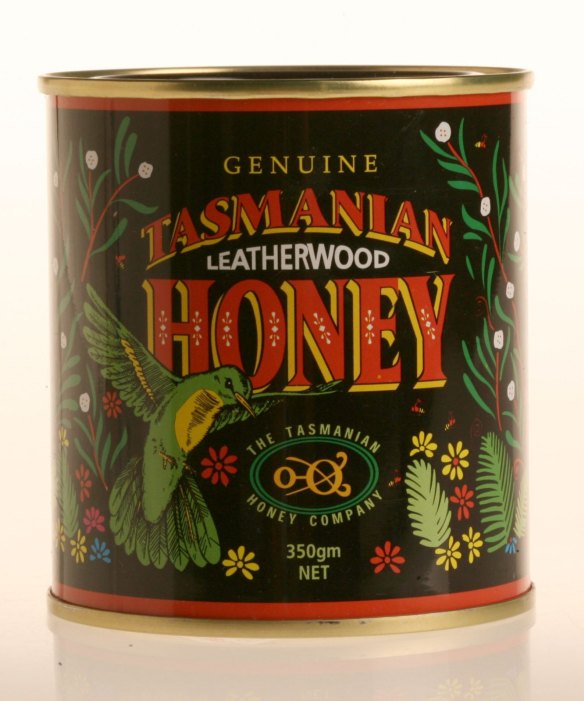
Spotted Gum
The spotted gum is native to coastal New South Wales from the Manning River to the Bega River, just north of Tathra, with a small pocket in East Gippsland in Victoria. This honey, from Beechworth Honey, is rich in amino acids, giving it a savoury finish after a strong caramel note, making it suitable for adding to dishes where you want to emphasise the umami elements of cooked meat. So, use in glazes and sauces, and also baking.
Red Gum
Red gums grow along river valleys from Southern Queensland to Gippsland and to the Spencer Gulf in South Australia. This is a honey that truly reflects its terroir. We tasted Walkabout Honey's red gum sourced from the lower reaches of the Ovens River and Murray River. It is a beautiful dense honey with a deep golden colour and is rich and robust with a touch of Christmas spices on the finish.
Banksia
These bushy trees become covered in great yellow cones with thousands of long, hairy stamens and anthers that can simply drip with nectar, attracting sugar-loving insects of every size. The trees grow along the coast from Melbourne to Mackay preferring poor, sandy soils. The flowers can produce nectar that bees transform into a dark, heady honey with spicy notes. Pure Peninsula Honey sources its banksia honey from East Gippsland and it is a dark, caramel-like sweet honey that tastes like bananas cooked in butter and brown sugar.
Leatherwood
For years the beekeepers of Tasmania have lobbied the Tasmanian government to protect the old rainforests in the west of the state from logging as that is where the leatherwood trees grow. Packaged in a beautiful old-fashioned tin, Leatherwood from the Tasmanian Honey Company is very heady and fragrant, can be quick to candy but a small amount goes a long way to add an aromatic note to baked goods and sweet dishes.
Sugarbag
Honey from native Australian bees is often called sugarbag. Before the European honey bees arrived, Australian native bees pollinated the bush. There are 1500 different species, and most are small, sometimes solitary, some are stingless and a few produce honey of collectable quantities. The honey they make is dense, strongly flavoured, incredibly delicious and it is still used as a medicine by Indigenous people. Research points to stories of Indigenous people fermenting the honey to make a mead-like drink for ceremonies. Native bees produce a mere fraction of the amount that European honey bees produce and as a result their honey is very costly – a 10-millilitre tube can cost $3.30, making it 20 times more expensive than honey from European honey bees. It is available online from places such as The Australian Native Bee Company.
